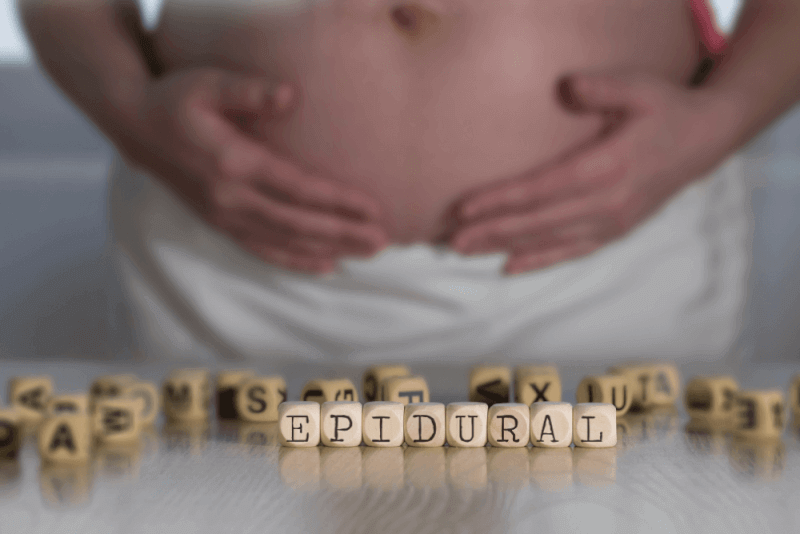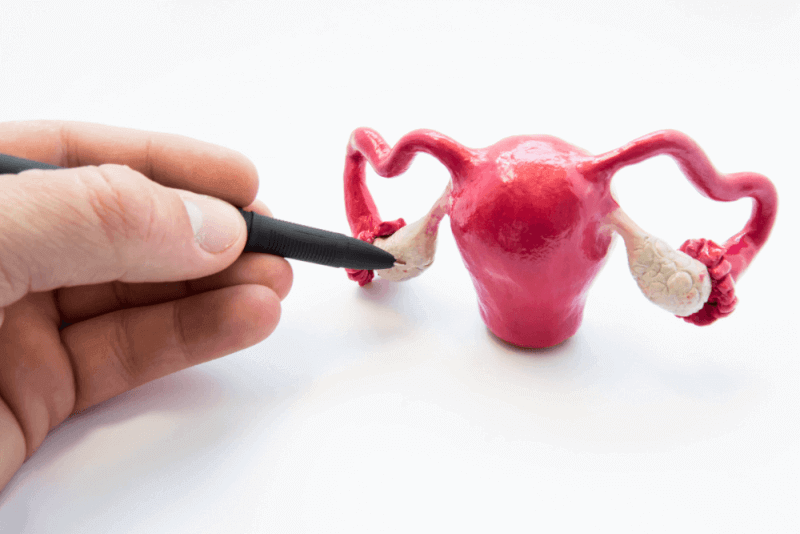What is a postmature baby?
Normally, pregnancy lasts between 37 and 42 weeks. Babies born after 42 weeks or 294 days after the first day of the mother's last menstrual period are called postmature babies. 6% of all births are postmature. Postmature babies are also referred to as prolonged pregnancy, post-maturity, late-term pregnancy and term-terminated.
Why do postmature births happen?
The reason why some pregnancies last longer than others is not known. However, the risk increases if the mother had a postmature birth in previous pregnancies. In some cases, the date of birth may be miscalculated because the mother does not remember the date of her last menstrual period.
Risk factors for postmature infants
The placenta begins to age towards the end of normal labor. This prevents the baby from getting enough nutrients and oxygen. This is the first and most important risk factor for postmature babies. In addition, the risks that can be seen in the event of a premature birth include the following.
- Amniotic fluid volume decreases
- Fetal weight gain stops
- Fetal weight loss can be seen
- Babies without oxygen support are at higher risk of complications before and after birth.
- A large baby can cause problems during labor.
- Babies are likely to inhale the liquid that contains the first stool. This can lead to meconium aspiration.
- Low blood sugar may occur.
Common diseases in postmature infants
Among the health problems that can be seen in babies born later than their due date are the following.
- Birth traumas due to the large size of the baby
- Neonatal mortality or morbidity may be seen in infants due to decreased oxygen carrying capacity of the placenta.
- Infection
- Meconium aspiration
- Bleeding in internal organs
- Malnutrition
- Bruising
- Asphyxia
- Convulsive seizures
- Hypoglycemia
- Nervous system disorders
Characteristics of the postmature infant
Characteristics of postmature babies may include the following.
- Dry, loose and peeling skin
- Wider eyes
- Overgrown nails
- Green, brown or yellowish skin due to meconium staining
- Loose hair
- Minimal fat accumulation
- Visible wrinkles on palms and soles








